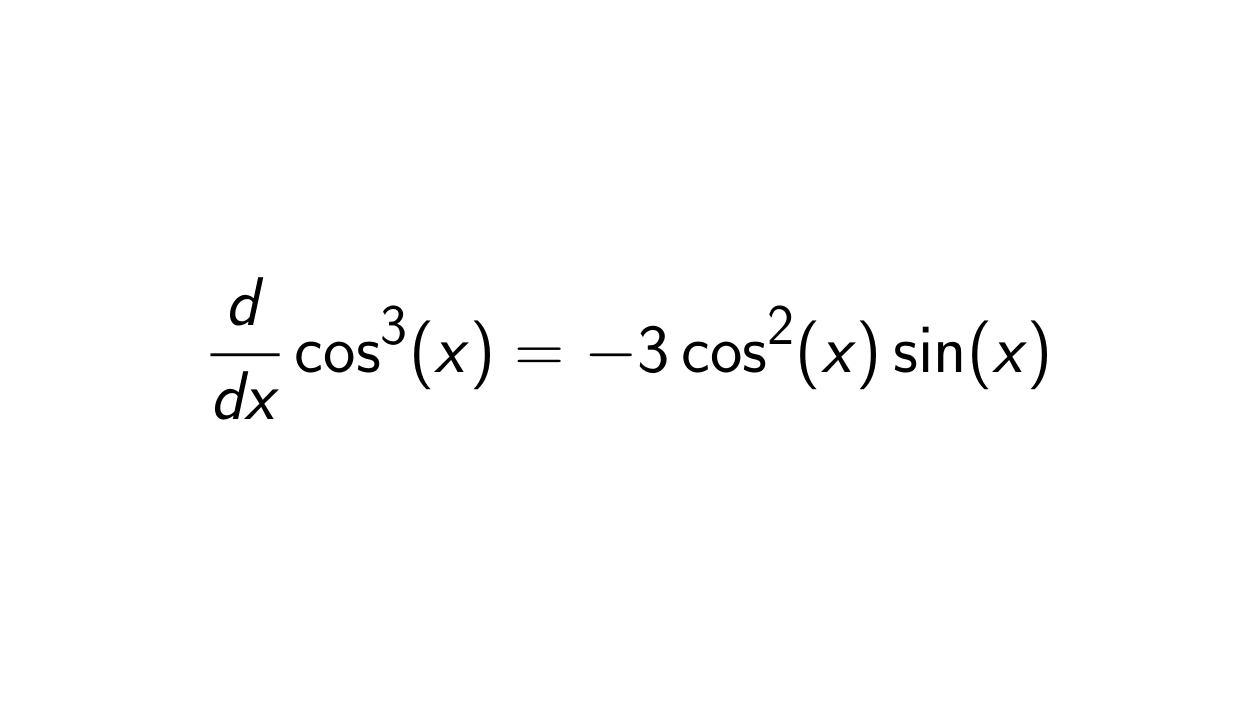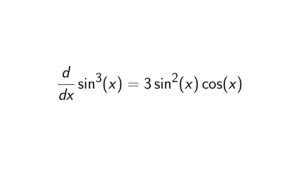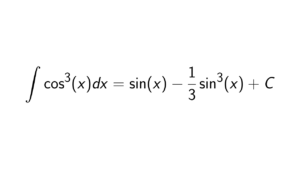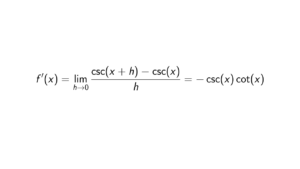Solution. Let F(x) = \cos^3(x), f(u) = u^3, and g(x) = \cos(x) such that F(x) = f(g(x)). Then we will use the chain rule, i.e.:
\begin{align*}
F'(x) = f'(g(x))g'(x).
\end{align*}\begin{align*}
f'(g(x)) = 3g(x)^2 = 3\cos^2(x) \quad \text{and} \quad g'(x) = -\sin(x).
\end{align*}\begin{align*}
F'(x) &= f'(g(x))g'(x) \\
&= 3\cos^2(x)\cdot (-\sin(x)) \\
&= -3\cos^2(x)\sin(x).
\end{align*}


